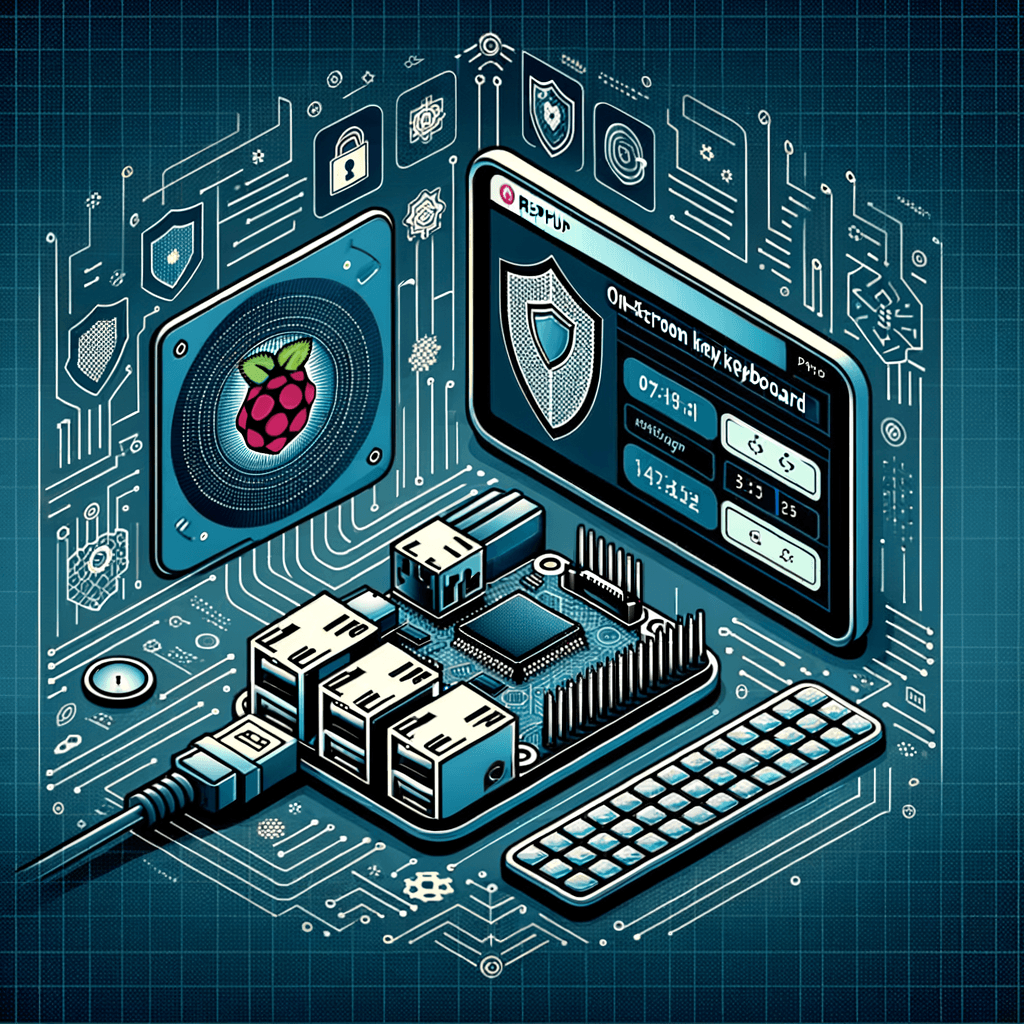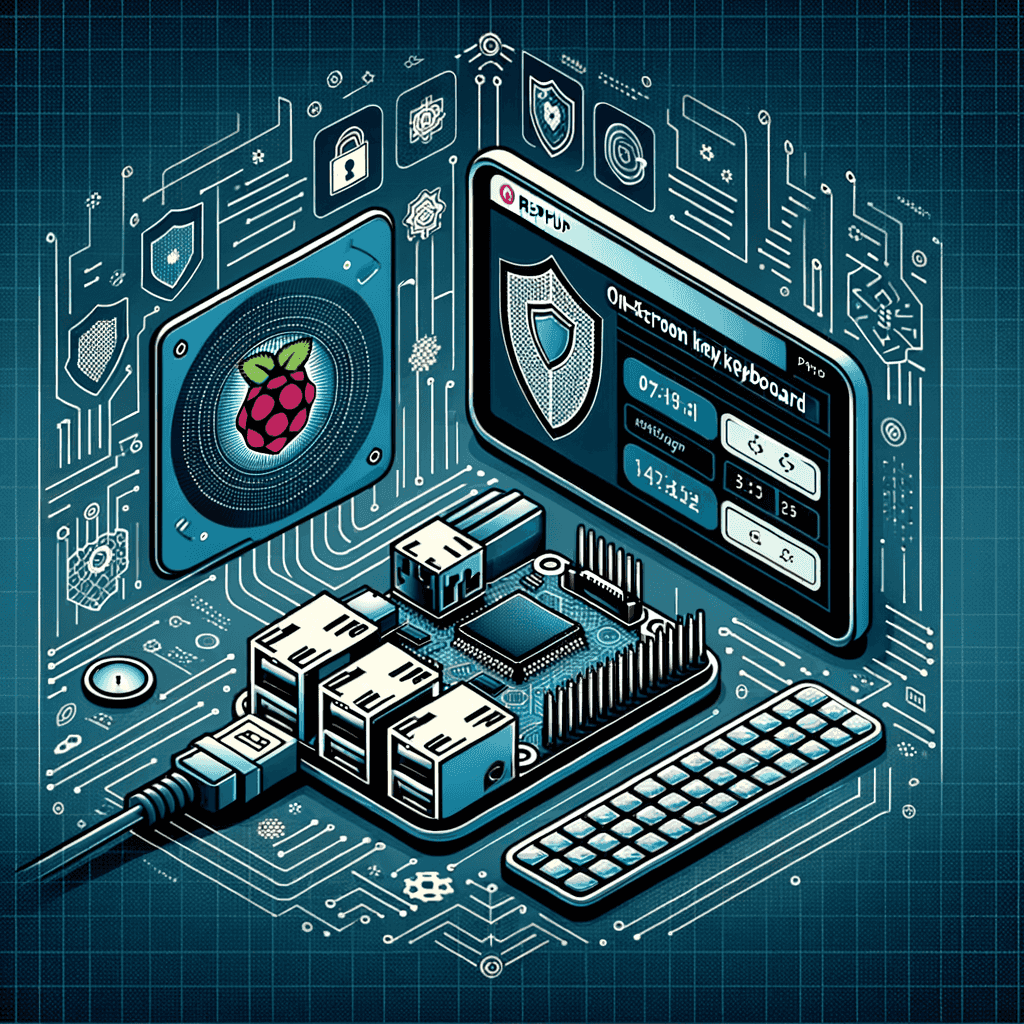Imagine you've just locked your front door, but someone could easily make a copy of your key just by watching you use it once. That's unsettling, isn't it? Now, think about your online life. Every time you log in to an account, you're using a 'key' in the digital world. What if someone could steal that 'key' without you even knowing? That's where replay resistant authentication comes into play. It's like having a lock that changes its pattern each time you use it, making it nearly impossible for anyone to sneak in with a stolen key.
In simple terms, replay resistant authentication is a security feature that helps to keep your digital accounts safe from intruders who try to use your old 'keys' to gain access. It's a way to ensure that even if someone is peeking over your digital shoulder, they can't just replay your information and pretend to be you. Think of it as a trusty guard dog for your online presence, always on the lookout for anything suspicious.
In this article, we're going to explore the dangers of not having this guard dog and how replay resistant authentication acts as a critical line of defense. We'll unpack what it is, how it works, and why it's important for protecting your digital life. And don't worry, we're keeping it simple. By the end of this read, you'll understand how replay resistant authentication can be a game-changer for your online security.
Understanding Replay Attacks and Replay Resistant Authentication
Let's dive a bit deeper into the murky waters of online security. Have you ever heard of a replay attack? It's a sneaky trick that hackers use to gain unauthorized access to your information. They eavesdrop on your secure network communication, intercept it, and then resend it, fooling the receiver into thinking it's a legitimate request.
Imagine you're sending a financial transfer request. A hacker intercepts this request and resends it to the financial administrator. Now, they've got your money and you're left scratching your head, wondering what just happened. That's a replay attack in action.
The scary part is, hackers don't need advanced skills to pull off a replay attack. They just need to capture the message from the network and resend it. It's like stealing candy from a baby, except the 'candy' is your sensitive data and the 'baby' is your digital security.
But don't worry, there's a superhero in this story - replay resistant authentication. It's a process that ensures that a request, message, or data package can't be reused. If a hacker intercepts your data and tries to resubmit it or use it again, they're out of luck. It's like having a security guard who checks every person's ID at the door, making sure no one can sneak in using someone else's name.
So, how does replay resistant authentication work? It uses a few key components to keep your data safe. One of these is a completely random session key, a type of code that's only valid for one transaction and can't be used again. It's like a one-time password for each transaction, which gets discarded after use.
Another component is the use of timestamps on all messages. This reduces the window of opportunity for a hacker to eavesdrop, capture the message, and resend it. If the message is older than a certain length of time, it's no longer valid.
So, with replay resistant authentication, you're not just locking your digital door, you're also changing the lock after every use. It's a powerful tool in the fight against replay attacks, and a crucial part of keeping your online life secure.
Mechanisms and Techniques to Prevent Replay Attacks
Now that we've got a handle on what replay attacks are and how replay resistant authentication can help, let's look at the nitty-gritty of how we can prevent these attacks. It's like learning the secret recipe to a hacker-proof digital life.
First off, we need to scope out our replay resistance requirements. It's like setting up the rules of the game. We need to know what we're protecting, how sensitive it is, and what kind of threats we're up against. This helps us choose the right mechanisms for our needs, whether we're securing a financial transaction or ensuring the confidentiality of documents shared through collaboration platforms.
Speaking of mechanisms, there are several replay-resistant authentication mechanisms we can use. It's like having a toolbox full of different tools, each one designed to do a specific job, and for organizations without a dedicated security leader, leveraging outsourced expertise such as virtual CISO services can be instrumental in selecting and implementing these tools effectively.
Random Session Keys: One of these tools is the creation of random session keys. Remember how we talked about these being like one-time passwords? Well, the more random they are, the harder they are for hackers to guess or predict, enhancing preparedness against potential cyber attacks. It's like having a password that's a jumble of letters, numbers, and symbols. Good luck guessing that!
One-Time Passwords: Another tool in our toolbox is the use of one-time passwords. These are passwords that are valid for a single login session or transaction. It's like getting a new key every time you lock your door. Even if a hacker manages to steal your key, they can't use it again.
Timestamping: Timestamping is another useful tool. By putting a time limit on each message, we reduce the window of opportunity for a hacker to intercept and resend it, or to manipulate the communication channel as in the case of a SIM swap fraud. It's like putting a timer on a bomb - once the time runs out, the message self-destructs.
Prevent Repeat Messages and Sequencing: We can also prevent repeat messages and use sequencing to keep our data safe. By not allowing the same message to be sent twice, and by making sure messages are received in the correct order, we can stop hackers in their tracks. It's like having a bouncer at the door who doesn't let anyone in without the right ID and doesn't let anyone cut in line.
So, with these mechanisms and techniques, we're not just preventing replay attacks, we're building a fortress of digital security. It's a lot of work, but trust me, it's worth it.
Advantages, Disadvantages, and Practical Applications of Replay Resistant Authentication
Let's talk about the good, the bad, and the practical when it comes to replay resistant authentication.
The Good
First up, the good stuff. The benefits of using replay resistant authentication are many. It's like having a superpower that keeps your data safe from the bad guys. It prevents unauthorized access to sensitive data and systems, protects against replay attacks, and helps prevent identity theft and other types of fraud. It's like a security guard, a lock, and an alarm system all rolled into one.
But it's not just about keeping the bad guys out. Replay resistant authentication also helps ensure the integrity and confidentiality of data and systems. It's like having a secret keeper who never spills the beans. Plus, it can help reduce the risk of data breaches and other security incidents, and help organizations comply with regulatory requirements and industry standards related to data security and privacy, such as those outlined in the Cybersecurity Maturity Model Certification (CMMC) framework. It's like having an insurance policy that covers all your bases.
The Bad
Now, let's talk about the potential drawbacks and limitations. Like any tool, replay resistant authentication is not perfect. It can be more secure and convenient than traditional authentication methods, but it can also be more complex and difficult to implement. It's like learning to drive a manual car after years of driving automatic. It takes time and practice to get the hang of it.
The Practical
Despite these challenges, replay resistant authentication has many practical applications. It can be used in a variety of industries and applications, including finance, healthcare, government, and e-commerce. It's like a Swiss Army knife that can be used in many different situations.
The Future
Looking ahead, the future of replay resistant authentication is bright. Future trends and developments include the use of machine learning and artificial intelligence to improve the accuracy and effectiveness of authentication mechanisms, as well as the development of new technologies and standards to address emerging threats and challenges. It's like a superhero that keeps getting stronger and smarter.
So, while replay resistant authentication may not be perfect, it's a powerful tool that can help keep your data safe and secure. It's a small price to pay for peace of mind.









